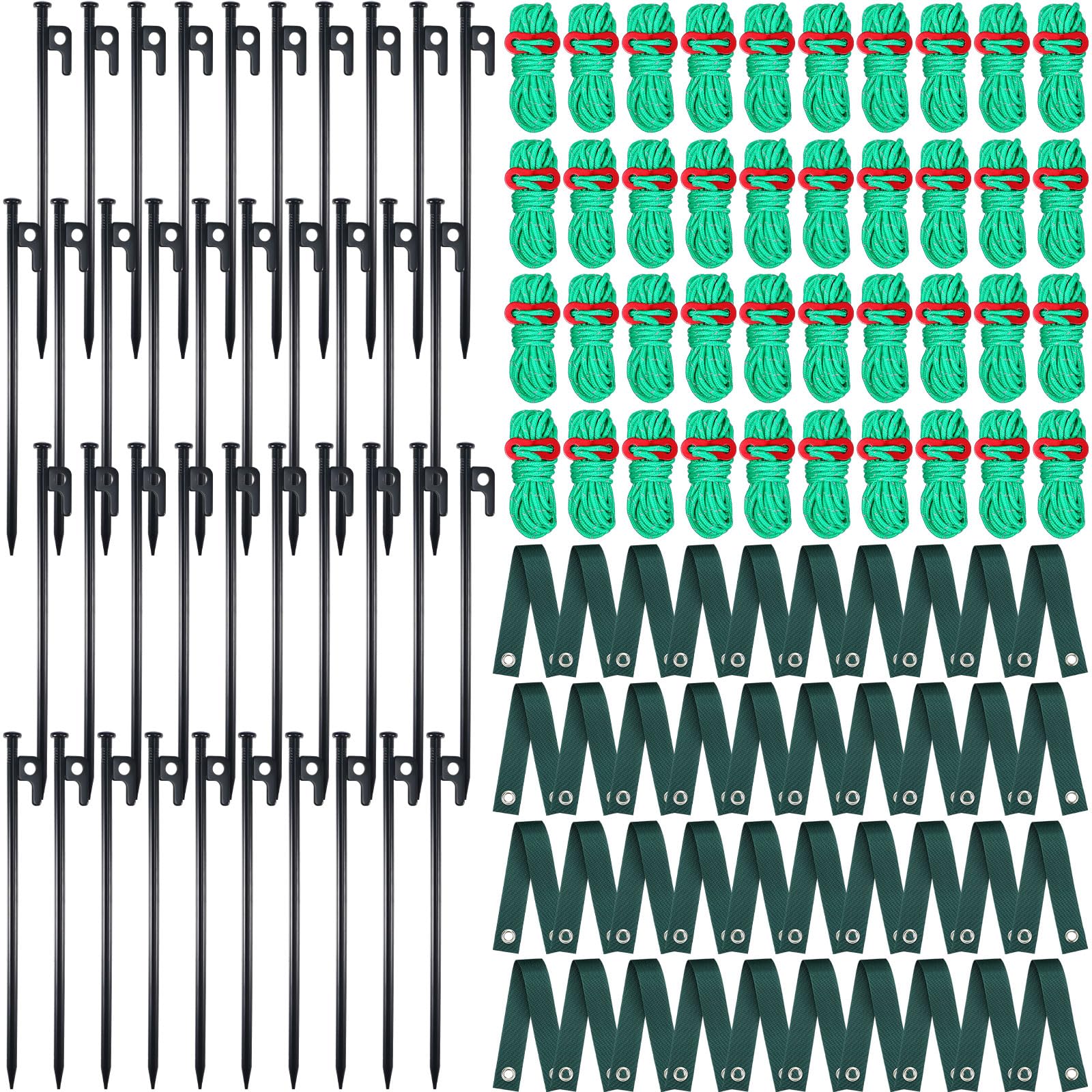The question of whether papaya trees are self-pollinating can be confusing. Understanding how papaya trees are pollinated is crucial for papaya growers.
Let's explore whether these tropical trees rely solely on themselves for pollination or if they need help from neighboring trees.
Key Takeaways
- Papaya trees have bisexual flowers that allow for self-pollination.
- Optimal growing conditions and pollination techniques can enhance self-pollination in papaya trees.
- Cross-pollination in papaya trees is facilitated by pollinators and wind, leading to genetic diversity and the development of new varieties.
- To maximize papaya tree pollination, ensure the presence of pollinators, plant bee and butterfly-attracting flowers nearby, introduce beehives, prune surrounding vegetation, and use natural or organic fertilizers.
Understanding Papaya Tree Pollination
Understanding how papaya trees are pollinated is essential for successful fruit production. The pollination process is crucial for the development of papaya fruits. Papaya trees are typically cross-pollinated, requiring the presence of pollinators such as bees, butterflies, or other insects. Without these pollinators, the chances of successful pollination decrease, directly impacting fruit production.





The presence of pollinators is directly linked to the success of papaya tree pollination. When pollinators are abundant, the likelihood of successful pollination increases, leading to higher fruit yields. Therefore, ensuring the presence of pollinators in papaya tree orchards is vital for maximizing pollination success and ultimately achieving optimal fruit production.
Factors Affecting Papaya Tree Pollination
Papaya tree pollination is influenced by several factors that directly impact the presence and effectiveness of pollinators, ultimately affecting fruit production.
Pollinator diversity plays a crucial role in papaya tree pollination. A variety of pollinators, such as bees, butterflies, and birds, contribute to efficient pollination. The presence of diverse pollinators increases the chances of successful pollination, leading to better fruit set and yield.
Environmental conditions also significantly affect papaya tree pollination. Factors such as temperature, humidity, and wind speed can impact the activity of pollinators and the viability of pollen. Optimal environmental conditions promote increased pollinator activity, enhancing the chances of successful pollination.





Understanding and managing these factors can help optimize papaya tree pollination, leading to improved fruit production.
Self-Pollination in Papaya Trees
To understand self-pollination in papaya trees, it's essential to grasp the unique reproductive process that occurs within these plants. The pollination process in papaya trees can be influenced by various factors, but understanding self-pollination is crucial for maximizing fruit production.
Here are some pollination techniques that contribute to self-pollination in papaya trees:
- Bisexual Flowers: Papaya trees have flowers that contain both male and female reproductive organs, allowing them to self-pollinate.
- Wind and Insect Assistance: While papaya trees are capable of self-pollination, they can also benefit from wind and insect activity to facilitate the process.
- Optimal Growing Conditions: Providing suitable growing conditions, such as proper spacing and adequate sunlight, can enhance the likelihood of self-pollination in papaya trees.
Understanding these pollination techniques can help ensure successful fruit production in papaya trees.





Cross-Pollination in Papaya Trees
After exploring the self-pollination process in papaya trees, you can now uncover the intriguing dynamics of cross-pollination within these plants.
Cross-pollination is the transfer of pollen from the male reproductive organs of one papaya tree to the female reproductive organs of another. This process is facilitated by pollinators like bees, butterflies, or wind.
Cross-pollination plays a crucial role in the pollination process of papaya trees as it enhances genetic diversity within the plant population. Increased genetic diversity can lead to stronger, more adaptable papaya trees that are better equipped to resist diseases and environmental stresses.
The exchange of genetic material through cross-pollination also contributes to the development of new papaya varieties with desirable traits, ultimately benefiting the overall health and sustainability of papaya crops.
Maximizing Papaya Tree Pollination
To maximize papaya tree pollination, ensure the presence of pollinators such as bees, butterflies, and the utilization of wind for effective cross-pollination. To achieve this, focus on pollinator attraction by planting flowers that attract bees and butterflies near the papaya trees. Additionally, consider incorporating the following methods to enhance pollination success and fruit yield:
- Introduce beehives near papaya trees to encourage bee activity.
- Prune surrounding vegetation to allow wind to carry pollen between trees.
- Apply natural or organic fertilizers to promote the growth of flowers, attracting more pollinators.
Conclusion
In understanding the self-pollination and cross-pollination of papaya trees, we can optimize the harvest.
Factors such as weather and location can impact the process, emphasizing the importance of maximizing pollination.
By considering these factors, we can ensure a bountiful papaya harvest.
Happy growing!

